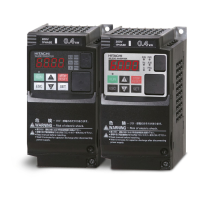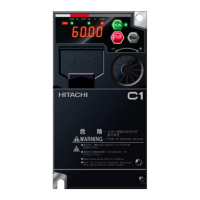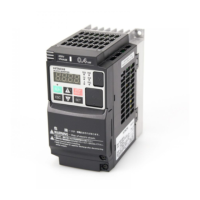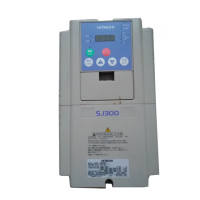Page 20
SENSORLESS VECTOR CONTROL MODE
Sensorless vector control can achieve high torque performance (200% torque at 0.5Hz of output frequency) without motor speed
feedback (encoder feedback). Sensorless vector control enables the inverter to accurately operate the motor with a high starting
torque, even at low speed. It estimates and controls the motor speed and output torque based on the inverter output voltage,
output current, and the set motor constants on the inverter.
When using the sensorless vector function all parameters related to manual torque boost and automatic torque boost are
disregarded.
To use sensorless vector function, set parameter A044 to the value of “3” and set parameter H003 to the closest value of the
combined connected motors in kW’s. In some cases, the value for H003 might need to be set (1) size larger or smaller in order to
obtain good performance.
VFD Torque Control Mode A044 03: Sensorless Vector
Carrier Frequency b083 2.3 kHz or greater
Combined Connected Motor’s kW Constant H003 0.1 – 18.5 kW
In sensorless vector you gain the ability to use the torque limit functions and torque monitor. The torque limit function can be used
in traverse motions to help reduce load swing by setting the value of the forward and reverse driving torque limits to a value just
over the required torque to move a 100% load. Reference the reduced load swing section for more information and setup
instructions.
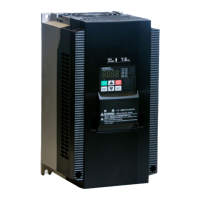
